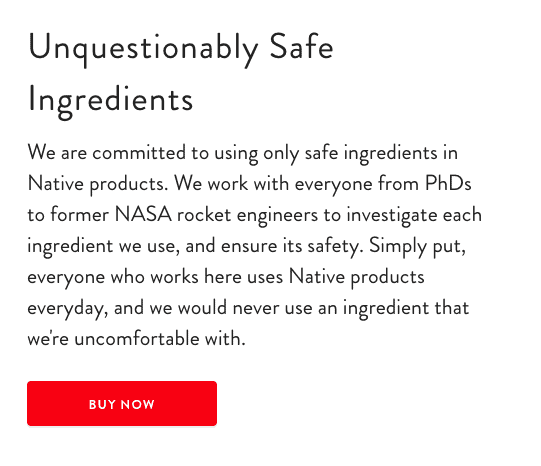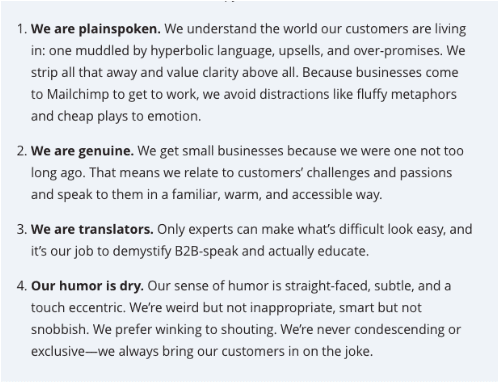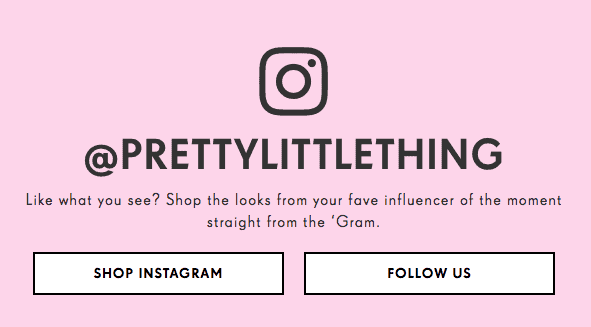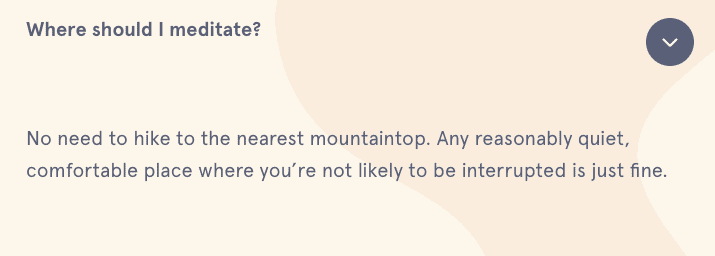When you run your own business, your tone of voice reflects who you are and helps you connect with the right customers. To do this, it needs to stay consistent across your website, social media profiles, emails, product descriptions—everywhere you interact with your customers.
Pssst—you already have a brand voice
Even if you don’t know it yet, your company already has a voice and tone all of its own—yours! Because your company is a reflection of you. Your values, the way you talk, and the words you use. Well, that’s hard work done. Now for the fun part!
In this post, we share four tone of voice exercises that will help you perfect your brand voice so it clicks with your customers:
- Imagine your business is a person
- Write a “We’re this, but not that” list
- Create a style checklist
- Give your words some tempo
When we’re done, you’ll be able to:
- Keep your voice consistent across all your platforms.
- Tackle new communication challenges (so you’ll always know what to say).
- Help new team members learn your tone of voice as your company grows!
Remember: There’s no need to invent a brand voice that’s totally different from your own. It’s much easier to stick with your natural tone and then tweak it for a business setting. For instance, you’d speak differently to a client than you would to a friend, but it’s still you under there.
First, here’s what you need to know about tone of voice.
What is “tone of voice” in marketing?
Your tone of voice is the feeling behind your words. It influences how customers feel about your company. Take this everyday request, said in three different ways:
- “Could you swing by, when you have a sec?”
- “Can you come here, please?”
- “Get over here! Now!”
Each request is essentially the same, but the reaction you get might be very different! That’s all down to the tone of the writing.
Tone vs. voice: what’s the difference?
Tone of voice in marketing is often used to mean “brand voice” and “tone of voice in writing” but the two are slightly different. Here’s a quick definition:
Voice: Your brand voice is your company’s personality. It always stays the same. Think about it this way:
If your business was a person, what would they be like? Your personality impacts the things you talk about, the words you use, and the way you interact with others.
Tone: Your tone changes depending on the situation, subject matter, and who you’re talking to. Your personality or voice doesn’t change—but the tone of your language does. For example:
- Social media post – light-hearted, funny, engaging
- Returns information – clear, direct, easy to understand
- Customer support emails – patient, helpful, not ‘jokey’
For more tips on how to write for your business, follow the 11 golden rules for writing website content.
Does your small business need a tone of voice?
Yes, definitely! Especially if you want to grow a following of loyal customers who’ll keep buying from you for weeks, months—even years. Here’s why:
- Trust closes sales. Every customer interaction is a trust-building exercise. A consistent tone gives customers a chance to get to know you, so that when it comes to hitting the “Buy” button, they know you’ve got their back.
- The wrong tone of voice can sound weird to your target audience. Being overly-friendly can make buyers wary if they’re purchasing something serious. Corporate jargon can sound stiff and unapproachable. And misplaced slang can send a younger audience running for the Beverly Hills 91210 (am I right?).
- It helps you know what to say, especially in sticky situations. If you have writer’s block or you’re faced with a communications challenge that you’re not sure how to tackle, a clear brand voice can help you get started. Knowing “what would my business say about this?” gives you the guideposts to communicate confidently in lots of different scenarios.
4 fun exercises to perfect your company’s tone of voice
1. Imagine your business is a person
Even if your business is a place or a team, it needs a personality to “speak” to its customers. So let’s get your creative juices flowing—if your company was a person, who would they be? Where are they from? Are they always cracking Dad jokes or do they have a dry sense of humor? Where would you find them on a Saturday night?
Now write down 3-4 ways to describe them.
For example:
- Self-assured
- Irreverent
- Cheeky
Or:
- Quiet
- Thoughtful
- Helpful
TIP: Look at your core values—what do you stand for? Are you warriors of justice striving to rid the world of evil, or are you a family business that believes in reliable service at an affordable price? Now imagine a person who lives and breathes all those things.

2. Write a “We’re this, but not that” list
Now that you have your company’s personality down, it’s time to bring it to life with some real-world examples. This will help you to apply your tone of voice across your business and help new employees or external contractors to understand how your brand ‘talks’.
For example:
- I’m laid-back but not lazy. I’m a calm person and I like to keep things in perspective. But I’m always ready to help and support my customers when they need me.
- We use humor but we’re not silly. Our sense of humor is satirical and quick-witted. We would make a wry comment on a current event but we wouldn’t tell “Knock-knock” jokes.
- I’m outspoken but not rude. I’m not afraid to say what’s on my mind. But you’ll never find me being offensive or unkind. When I share my opinion I always invite other points of view.
Mailchimp does this really well, in their style guide:

3. Make a style checklist
A great tone of voice doesn’t just sound good, it clicks with your customers. So find out where your target market hangs out and listen to how they talk—join Facebook groups, look up competitor reviews on Amazon or Trustpilot, and read their favorite online forums.
Here’s what to include in your style checklist:
- Point of view. Does your company “speak” in the first person (I/we) or the third person? Writing in the first person lets customers know you’re talking directly to them, eg. “I’m an expert business coach helping ambitious entrepreneurs in Melbourne.” But sometimes, businesses talk about themselves in the third person, eg. “Melanie Jeffries began her career in London, England, and now works on a consultancy basis in Melbourne.” Be careful if you choose the third-person because it can make you sound less approachable.
- Jargon. Jargon is technical language that requires prior knowledge of a subject. Most of the time, it’s annoying and confusing for customers. But it depends on your target audience and how they talk. If you’re marketing your business to architects, for example, they already know what common industry words mean. Whereas newbie-DIYers might feel out of their depth if you use lots of technical terms without explaining them.
- Slang. “Our new collection is totally lit!” Using slang words or colloquialisms is a quirky way to get your audience on-side by mirroring their language. But only use slang you if you are 100% confident with it or you’ll look cringier than a twerking teacher at prom. If you don’t know your LOL from your LMFAO—step away now. Here’s a nice example from the online clothing store, Pretty Little Thing:

- Preferred terms. Imagine you run a traditional English Sweet Shop. Would you say “sweetie” instead of “candy?” If you’re a freelancer, do you say “clients” or “customers?” Make a list of your preferred terms so you can use them consistently.
- “Never ever” words. Are there things your business would never say? Using curse words is an obvious example, but it might be something more nuanced like making sure to say “parents” instead of “moms” so that you’re more inclusive of dads and other caregivers. Make a list of these kinds of terms so that you, your employees, and any external contractors you use know what to avoid.
4. Give your words some tempo
Sound odd? Don’t worry. It’s not.
That sounded kind of abrupt, right?
Short, snappy sentences will give your writing a faster tempo. This can help you convey confidence or even urgency. They also help to break up text so it feels conversational. Plus, short sentences are easier to read. Bonus!
On the other hand, using a mix of long, flowing sentences to describe your services can encourage your visitors to sit back, relax, and soak up the experience.
Here are two great examples from Headspace and Dollar Shave Club’s respective FAQ pages:

Phew, I feel soothed already. Maybe I’ll ditch the app and read their FAQs?

Bam! Dollar Shave doesn’t mince their words. Straight to the point and sassy as you like. That’s got me all fired up!
Above all, your tone of voice should feel natural to you. Customers will be more likely to choose your business when they know you’re genuine. Give these exercises a try, keep your voice consistent across all your communications, and let us know how you get on! Tweet us @Jimdo or share your success story with @Jimdo_official on Instagram.

